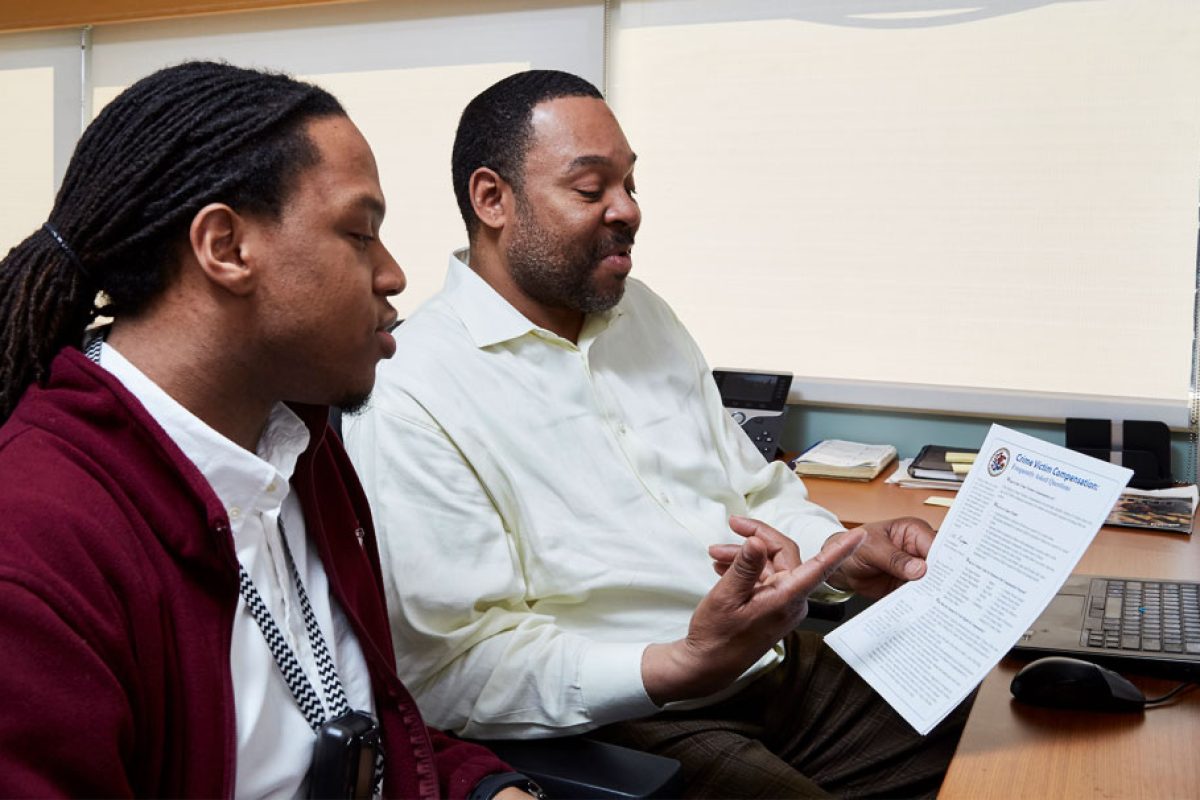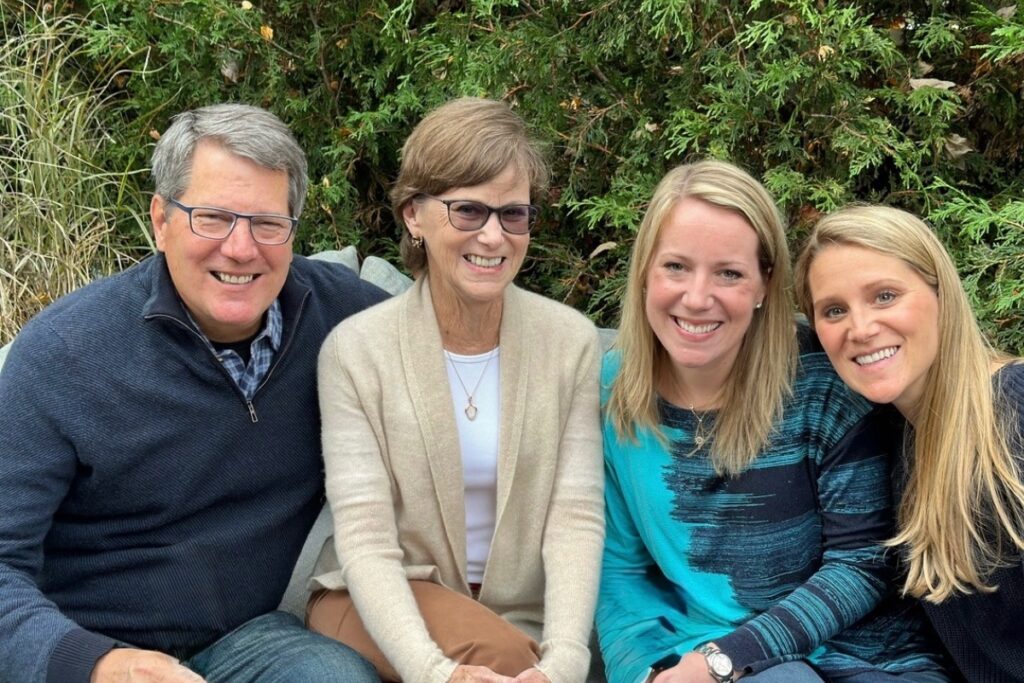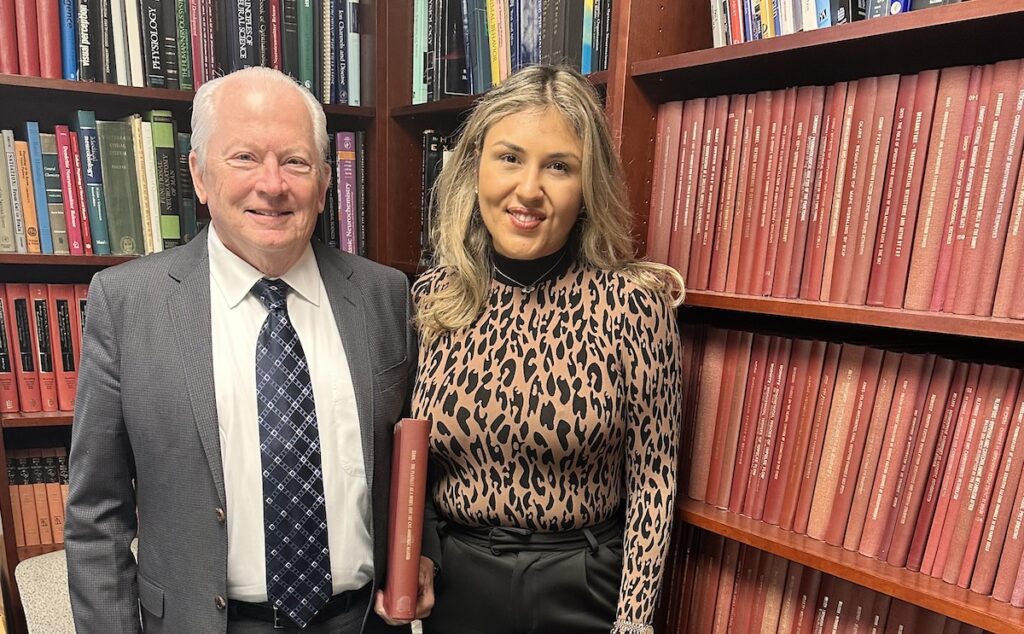On Christmas Day, a young man named Marcus* was transported to the emergency room after being physically assaulted. He underwent surgery and recovered. After being discharged, Marcus returned home, where he was shot and killed, allegedly by the same person who assaulted him on Christmas.
Such violent encounters happen regularly across the United States, with 96 Americans dying by firearms on an average day. In Chicago, there were 561 homicides and more than 24,000 violent crimes in 2018.
A vision to address the epidemic of violence
Leveraging its unique position as a prominent academic medical center, the University of Chicago Medicine aims to not only provide access to specialized trauma care, but to promote holistic recovery and advance a rigorous research agenda that deepens our understanding of traumatic injury and violence. The ultimate goal? Create a model that can be replicated by other trauma centers across the country.
Already one of the busiest trauma centers in Chicago since opening in May 2018, UChicago Medicine’s adult Level 1 trauma center saw more than 2,200 trauma patients—40 percent of whom were violently injured—in its first six months of operations.
The Robert R. McCormick Foundation recently donated $1 million to support the center’s initiatives.
“We are honored to support UChicago’s new trauma center,” said David Hiller, Robert R. McCormick Foundation’s president and chief executive officer. “The center is filling a significant need for more equitable access to high-quality health care and trauma treatment services on Chicago’s South Side.”
Providing support for patients, families, and communities
In concert with opening the trauma center, the University established the Violence Recovery Program (VRP), the only hospital-based violence recovery program in Chicago. The VRP steps in to help patients and their families at the critical moments immediately following an injury and after they’ve been discharged.
“The moment of hospitalization after a violent injury turns out to be a critical transition point in people’s lives,” said Selwyn Rogers, MD, MPH, founding director of the trauma center and executive vice president of Community Health Engagement. “If you can use that as a teachable moment to intervene, you can not only make a difference in that person’s life but also in their community.”
In its first six months, the program has already engaged nearly 500 patients.
“For victims of violence, we knew that we couldn’t just patch folks up and send them back out into the community,” said Brenda Battle, RN, BSN, MBA, vice president for the Urban Health Initiative. “So we developed a program to provide additional support to help our patients fully recover from trauma—both physically and emotionally.”
VRP staff help open the doors to social services, mental health care, pastoral care, vocational resources, and more.
“The purpose of the Violence Recovery Program is to work with victims of intentional violence to both reduce the risk of re-injury and promote comprehensive recovery,” said Mark Ohrtman, program manager.
The program’s model is derived from a series of community forums held in advance of the trauma center’s opening.
“We were very impressed by all the thinking that went into making this the most impactful trauma center it could be,” Hiller said. “That work led to the comprehensive view that this is not just about providing medical care, but rather that trauma is something that affects individuals, families, and entire communities.”
These insights led UChicago Medicine to partner with community leaders and more than 30 community organizations, including Cook County Behavioral Health Consortium, Heartland Alliance, Metropolitan Family Services, Human Resources Development Institute (HRDI), and TURN Center, to develop a program for holistic recovery.
“For the first time, these organizations have been convened with a hospital provider,” Battle said. “By working together, we have been able to identify opportunities to improve timely access to provider services, streamline assessment tools, and identify gaps in service delivery that we can work on to build capacity in the service ecosystem.”
The planning process also entailed visiting other leading trauma centers across the country and gleaning insights from them.
“We looked at best practices from other trauma programs but adapted ours to Chicago,” said Leif Elsmo, executive director of Community & External Affairs at UChicago Medicine. “Our community-engaged planning process brought forward great ideas that allowed us to develop something really special, but we need additional resources to fully meet the needs of our community.”
The VRP currently employs five violence recovery specialists who provide support to patients and families during the most active days and nights of the week for violent activities, as well as a chaplain who comforts families and staff to help them deal with what may be one of the most difficult moments in their lives.
Each of the violence recovery specialists has experience working with people impacted by violence, and even personal experiences with violence and loss.
“We’re professionals who are from the neighborhoods where we work,” Ohrtman said. “This cultural competence allows us to establish relationships and trust in a way that a conventional social worker simply cannot.”
Increasing access to mental health services
Violence recovery specialists also refer clients to organizations and services in the local community, including mental health care. According to Ohrtman, about half of the patients they see exhibit symptoms of acute stress, which is a precursor to post-traumatic stress disorder (PTSD).
Although the need is great, very few community-based health providers are trained in interventions to help people overcome acute stress and PTSD.
“We have the opportunity to develop a training model to increase the expertise among community service providers in treating individuals suffering from PTSD,” said Battle.
Since May 2018, the program has already helped a number of patients recover and avoid re-injury.
Take Andre,* a 24-year-old who suffered a gunshot wound. After receiving care, a behavioral health screen found that he suffered from acute stress. VRP staff educated Andre about acute stress, worked to reduce the stigma he associated with mental health services, and provided him with short-term strategies to manage his symptoms. When Andre’s symptoms had not subsided, he met with a violence recovery specialist to discuss next steps. Together, at Andre’s request, they completed an intake screen and scheduled an appointment with a trauma-focused behavioral health specialist.
Ensuring safety, securing employment, and furthering education
In another case, Robert,* a 30-year-old Chicago man, suffered a gunshot wound while on the CTA, Chicago’s public transportation system. Fearing that his assailant was still at large, he did not feel safe using the CTA to travel to UChicago Medicine’s free follow-up trauma clinic. Furthermore, he did not have access to a car and was unable to afford taxi fare. Having built a trusting relationship with VRP staff, Robert called the staff member he’d been in contact with to ask for help. In response, staff coordinated rides for Robert, transporting him safely to and from his follow-up appointment.
The program has even helped patients relocate to other cities to avoid ongoing threats of violence.
“Working with the Chicago Police Department, we’ve been able to move patients directly from the hospital to other areas,” said Battle. “By connecting with family members and friends, we’ve gotten patients out of danger and kept them safe going forward.”
Recognizing that factors beyond direct threats contribute to ongoing violence, VRP specialists also help connect patients to workforce development programs and ensure they stay in school.
“We’ve been able to collaborate with workforce programs in and around Chicagoland and on the South Side to get people connected to jobs,” Battle said. “In another situation, we worked with a student who was shot at school. She was enrolled in a training program with rigid participation requirements, and her main concern was being able to return to school to finish the program. Violence recovery specialists communicated directly with school administrators to explain the situation and ensure that she could complete the program without missing a beat.”
Looking ahead
As the trauma center approaches its one-year anniversary, its leaders seek to expand the Violence Recovery Program, while also advancing a robust research agenda aimed at investigating violence and trauma from a variety of angles and across disciplines—from medicine to the social sciences to public policy.
“There’s not a lot of primary research in this area,” said Rogers. “The University of Chicago is known for generating new knowledge, and one of the opportunities we have is to examine the work our trauma surgeons and violence recovery specialists do every day to figure out what works best and what is sustainable going forward.”
UChicago Medicine’s trauma center is projected to see 1,600 violently injured patients in 2019 and aims to help more people avoid re-injury and build safe, healthy, and productive lives.
“This project is a major undertaking,” said Hiller. “It’s not something that the University can do on its own, and it’s certainly not something only one or a few funders can do alone. It’s something that is going to take all of us.”
* Names changed to protect privacy.




